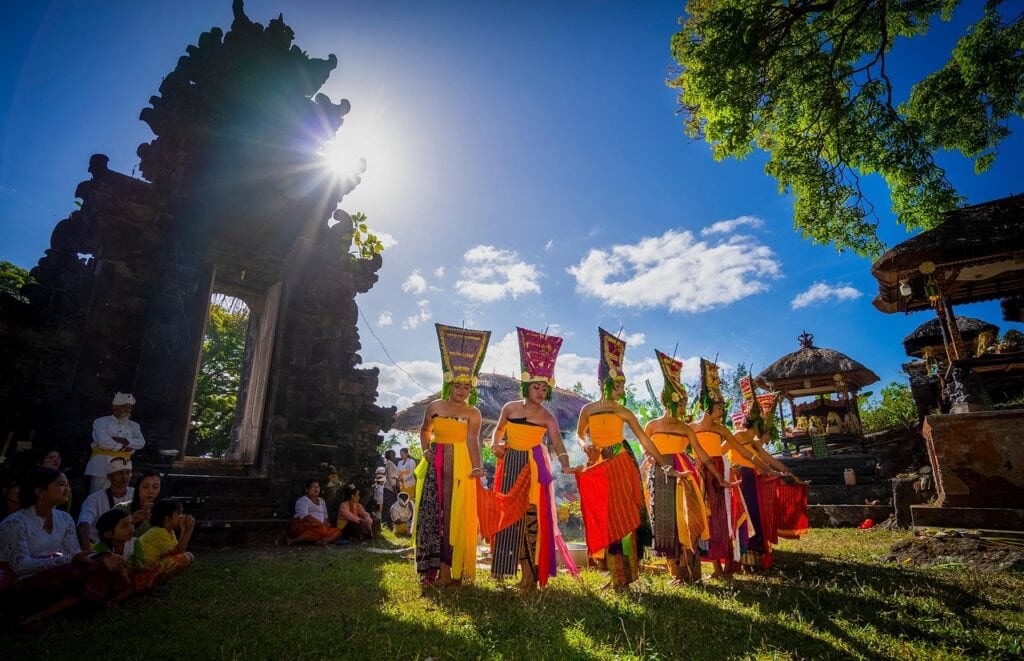Travel today means more than just seeing famous landmarks. Many travelers want to really experience a destination by discovering its traditions, meeting locals, and tasting real food. Cultural immersion and authentic travel are about connecting with local life in ways that create lasting memories and deeper understanding.
Feeling like part of the community brings a new level of enjoyment to any trip. Whether it’s learning simple greetings in the local language or joining in a neighborhood festival, these experiences help people move beyond the role of a tourist. Exploring local customs, sharing meals at family-run restaurants, and seeing how people live day-to-day offers a clearer picture of a place and its people.
If someone wants to make their trips truly memorable, learning about and joining in daily activities, traditions, and celebrations is key. Authentic travel lets visitors step off the beaten path, build real connections, and appreciate what makes each destination unique, as shown by guides such as this journey through local culture and community.
Key Takeaways
- Cultural immersion lets travelers truly connect with a place.
- Learning about customs and joining local events builds understanding.
- Experiencing daily life and food leads to memorable, authentic journeys.
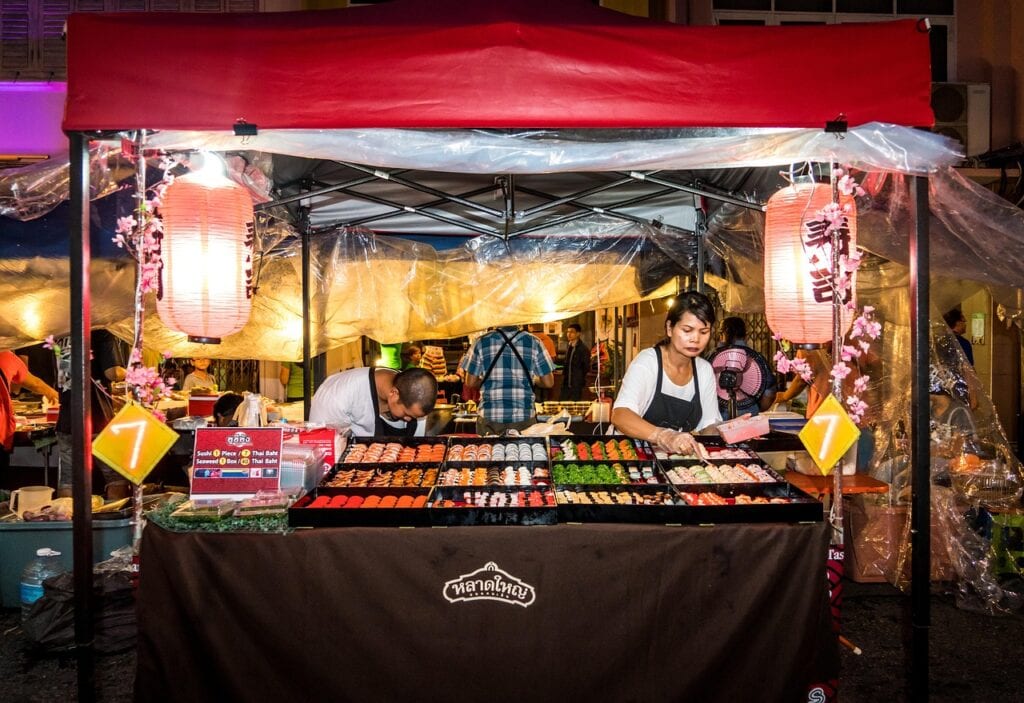
The Essence of Cultural Immersion
Cultural immersion invites travelers to go beyond being outsiders. It encourages active engagement with local traditions, customs, and daily life for a real understanding of a place and its people.
Defining Authentic Travel
Authentic travel is not just about seeing popular landmarks or joining group tours. It means connecting with locals, learning their stories, and participating in everyday activities. For example, dining in a family’s home, shopping at neighborhood markets, or joining a cultural festival all give deeper insight into how communities live.
This approach replaces surface-level sightseeing with real contact and involvement. Travelers who seek authentic experiences often find themselves learning new skills, trying unfamiliar foods, or speaking a different language, even if just a few phrases. These actions help step beyond the usual tourist path.
By choosing authentic travel, people build true connections and memories that are unique to their journey. Experiences are shaped not just by attractions, but by moments shared with the people who call the place home. See more examples of meaningful immersion in this guide on cultural immersion and local life.
Why Genuine Local Experiences Matter
Genuine local experiences create meaningful connections between travelers and host communities. When visitors join traditional events, listen to personal stories, or work alongside locals, it builds respect and understanding. This type of interaction breaks down stereotypes and helps everyone appreciate differences.
Immersive travel also helps protect cultures. Activities like learning local crafts, joining rituals, or participating in language lessons help spread awareness and keep unique traditions alive. Some travelers might even help document or support local heritage through volunteer work or heritage projects as shown in this travel guide to authentic experiences.
For many, these experiences spark personal growth. Travelers often gain new perspectives on their own lives. They may develop greater patience, empathy, and open-mindedness as they adapt to unfamiliar surroundings and customs.
Benefits for Travelers and Communities
Cultural immersion offers several key benefits:
| For Travelers | For Communities |
|---|---|
| Personal growth through learning new customs and viewpoints | Support for local economy as visitors spend money in small businesses |
| Stronger connections and friendships with residents | Pride and recognition for their traditions and stories |
| Deeper understanding of daily life and challenges | Cultural preservation as unique practices are shared and valued |
Travelers who engage in authentic experiences leave with a richer sense of place and purpose. Local communities benefit from positive interactions and fair compensation for their knowledge and skills. Ethical engagement helps ensure that cultural immersion remains a respectful, beneficial exchange for all involved, as described in this guide to immersive travel.
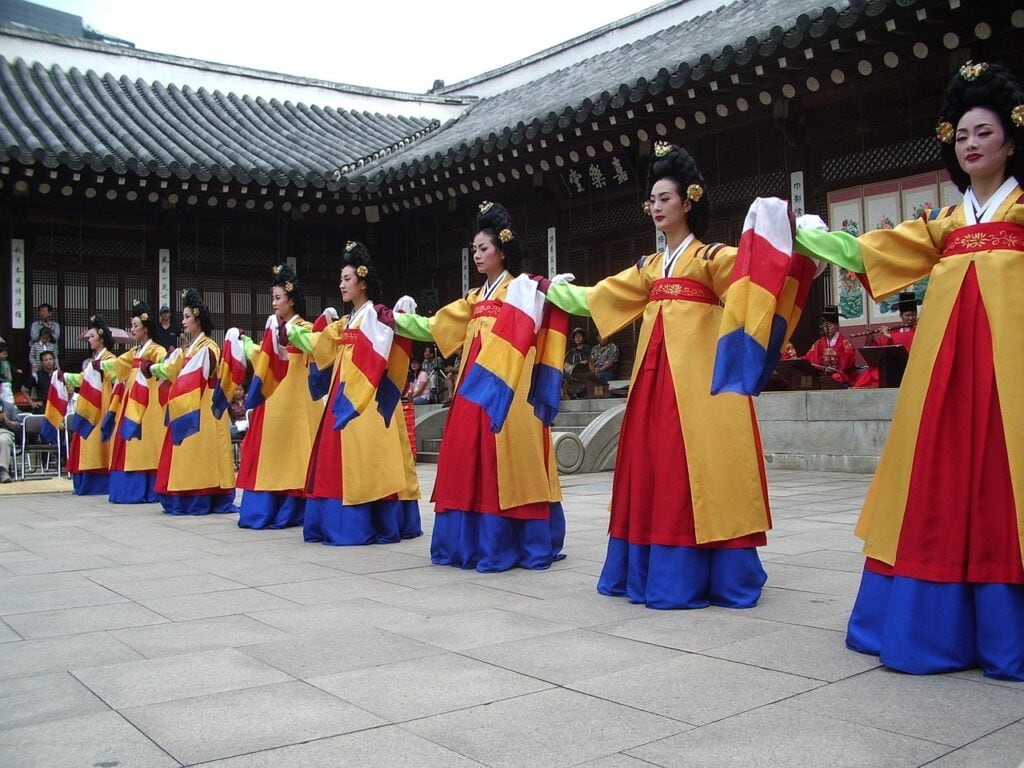
Learning Local Customs and Traditions
Understanding local customs, traditions, and etiquette is important for travelers who want to experience genuine local life. Respecting social and religious practices not only helps avoid misunderstandings but also deepens cultural understanding.
Understanding Local Etiquette
Different countries have unique rules about greetings, dress, and communication. For example, handshakes might be common in some parts of Europe, while bowing is a sign of respect in Japan. In some cultures, removing shoes before entering a home is a standard practice. Observing how locals interact—such as how they address elders or show gratitude—can help travelers blend in.
It helps to learn a few polite phrases and to watch for body language cues. Some gestures, like pointing or touching the head, can be disrespectful in certain places. Table manners can also vary, so knowing if you should eat with your hands or with utensils can make dining experiences smoother.
Travelers can prepare by reading about local customs before arrival. They can also ask residents or guides for advice in tricky etiquette situations. Being aware of local etiquette helps visitors show cultural sensitivity and build better connections with the community. Read more about local etiquette tips at https://travelwellbox.com/blogs/wanderlust-chronicles/cultural-immersion-how-to-experience-local-culture-like-a-native.
Participating in Traditional Ceremonies
Attending traditional ceremonies allows travelers to see the heart of a culture. These events could include weddings, harvest festivals, tea ceremonies, or national celebrations. By joining these activities, visitors can witness dances, music, and rituals first-hand, which often highlight important values and beliefs.
Ceremonies may have rules or dress codes, so it is important to ask what is appropriate beforehand. Visitors should follow the lead of locals and participate in a respectful manner. Taking photos, for example, might not always be welcomed, especially during religious or family events.
Engaging in these traditions can also mean learning about the stories and meanings behind the ceremony. Participating this way gives travelers a chance to connect more deeply with hosts and understand the meaning of social customs. Find examples and tips for joining local festivals at https://apvisit.com/cultural-immersion-how-to-experience-traditions-festivals-and-local-life.
Navigating Social and Religious Practices
Social and religious practices are key to understanding a community’s identity. Places of worship usually have clear guidelines for visitors, such as modest clothing or removing shoes. Some rituals, like prayer times or fasting periods, shape daily life and may affect opening hours for businesses and restaurants.
It is important to observe silence or maintain a respectful distance during prayers and sacred rituals. Women and men might have different roles or areas in religious sites, so following signs and instructions is advised. Respecting these practices is a strong sign of cultural sensitivity.
Travelers should keep an open mind and avoid judging traditions that are different from their own. Asking permission before joining in or taking part is always polite. Following religious customs, like covering your head or not taking photographs, shows respect and helps make interactions positive and meaningful. For a detailed guide on connecting with local cultures through social and religious practices, see https://www.swiftpassportservices.com/cultural-immersion-best-experiences-to-truly-connect-with-local-cultures.
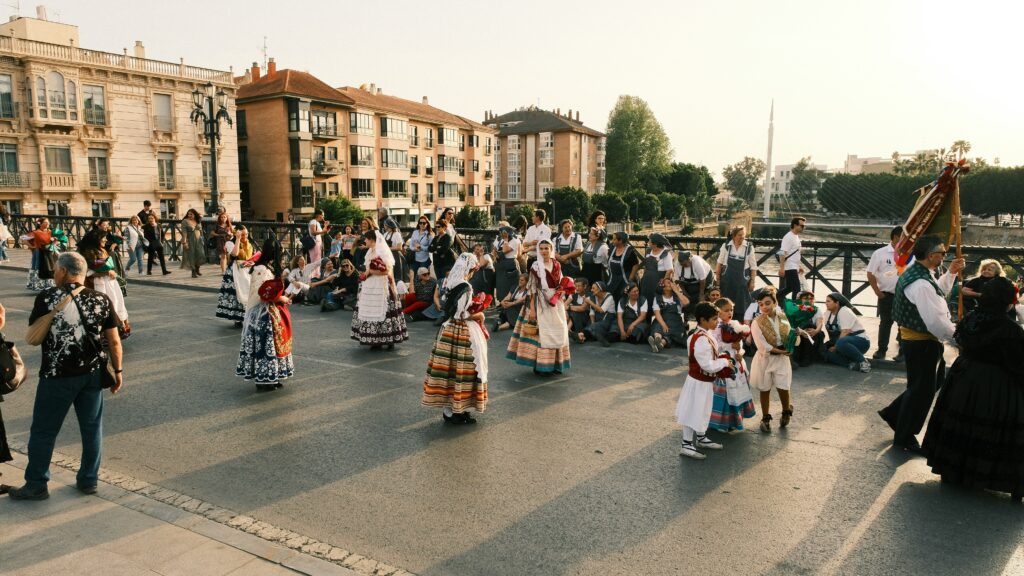
Connecting Through Language and Communication
Learning the local language, using digital tools, and speaking with native speakers all help travelers make deeper connections. Focusing on communication is a practical way to experience genuine cultural exchange and form stronger relationships with locals.
Learning the Local Language
Understanding the local language allows travelers to move beyond tourist activities and connect with locals in everyday life. Even learning a few basic phrases shows respect and helps to break down barriers.
Simple greetings, polite words, and questions about daily routines can spark real conversations. Locals often appreciate the effort, creating a warm and welcoming atmosphere.
Tips for getting started:
- Memorize key greetings and phrases.
- Practice pronunciation with online videos or audio guides.
- Use flashcards to reinforce vocabulary.
Mistakes are normal and sometimes even lead to laughs, which can help travelers bond with people they meet. By taking time to learn the language, visitors open doors to authentic experiences and cultural exchange.
Using Language Learning Apps
Apps like Duolingo, Babbel, and Memrise make it easier than ever to learn a new language, even before leaving home. These tools break language learning into small, manageable lessons that fit into a busy schedule.
Travelers can learn basic conversation, useful travel phrases, and even specific vocabulary for local foods, directions, or cultural customs. Many apps use games, quizzes, and reminders to keep users motivated and make studying more fun.
Below is a comparison table for popular apps:
| App | Best For | Cost |
|---|---|---|
| Duolingo | Beginners, daily practice | Free with paid upgrade |
| Babbel | Structured lessons | Paid subscription |
| Memrise | Vocabulary, repetition | Free with paid upgrade |
Using these tools—especially when combined with speaking to real people—helps travelers feel more confident when connecting with locals and adapting to new settings. More details about the value of communication can be found at Language and Communication for travelers.
Engaging with Native Speakers
Talking with native speakers is one of the fastest ways to build language skills and connect with locals. Everyday interactions—like ordering food, asking for directions, or visiting markets—provide real-time practice and help travelers develop listening skills.
Many communities offer language exchange programs or local meetups where visitors and residents can teach each other. Joining a cultural event or taking part in a traditional activity also encourages natural conversation.
Suggestions for engaging:
- Attend conversation clubs or local gatherings.
- Volunteer for community projects.
- Take part in workshops or cooking classes.
Speaking with native speakers can lead to new friendships and a deeper understanding of the local culture. This approach allows travelers to build trust and share in a true cultural exchange that goes beyond surface-level tourism. Learn more about connecting with locals and immersing yourself in authentic experiences.
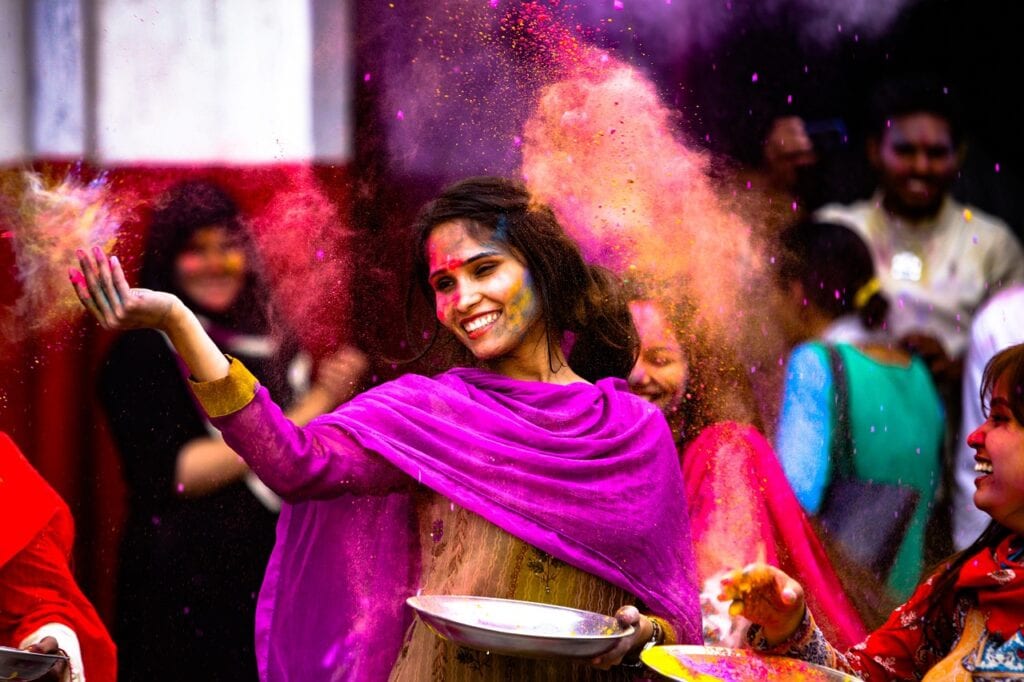
Experiencing Local Life and Daily Activities
Travelers who want to connect to a culture often find the greatest value in everyday interactions, small details, and supporting the community. Simple choices like where to stay, where to shop, and how to spend a day can lead to more meaningful experiences, deeper cultural understanding, and a stronger sense of global citizenship.
Staying with Host Families and Homestays
Choosing homestays or living with host families offers a direct view into local life. Guests share meals, observe customs, and talk with residents, which can reveal cultural diversity in daily habits and beliefs.
Homestays are usually smaller than hotels, giving more time for personal conversation and participation. For example, a guest might join in preparing a traditional dinner, learn common greetings, or watch how household chores are divided. These interactions allow travelers to experience traditions in action, making learning about culture natural and informal.
Tourists who stay with locals also help support neighborhood economies. This fosters lasting connections and can make travelers feel like part of the community, not just visitors. To learn more about what makes homestays valuable, visit this guide about experiencing local culture through travel.
Supporting Local Businesses
Spending money at local businesses helps keep culture alive. Shops, markets, and restaurants owned by local families share unique goods and recipes, often passed down for generations. This supports families and helps preserve cultural heritage.
Travelers buying at a local market may meet artisans, sample street foods, or pick up tips about favorite recipes. Unlike big chains, these businesses reflect the style, values, and traditions of the community. This makes every purchase more meaningful.
Some travelers use apps and walking tours to find neighborhoods where small stores and vendors gather. Direct spending in these places not only helps the economy but also gives visitors a taste of authentic daily life. For more ideas, try reading about how to connect with culture and community.
Blending In With Daily Routines
Blending in with local routines can help travelers feel less like outsiders. Simple actions—like riding public buses, eating breakfast in a café, or joining morning exercise in a park—show how daily life moves at a certain rhythm. Following these customs helps build respect and understanding for local ways.
Learning a few key phrases, dressing in similar styles, and observing how locals behave in public helps visitors adapt more easily. Travelers should also watch for cues about politeness, personal space, and the right way to greet people. This helps avoid mistakes and shows respect for local norms.
Participating in festivals, visiting markets at peak hours, or just sitting in a busy square can reveal a lot about how people spend their days. These experiences encourage cultural openness and mark the traveler as a respectful guest. See ideas on how to experience local life like a native for more details.
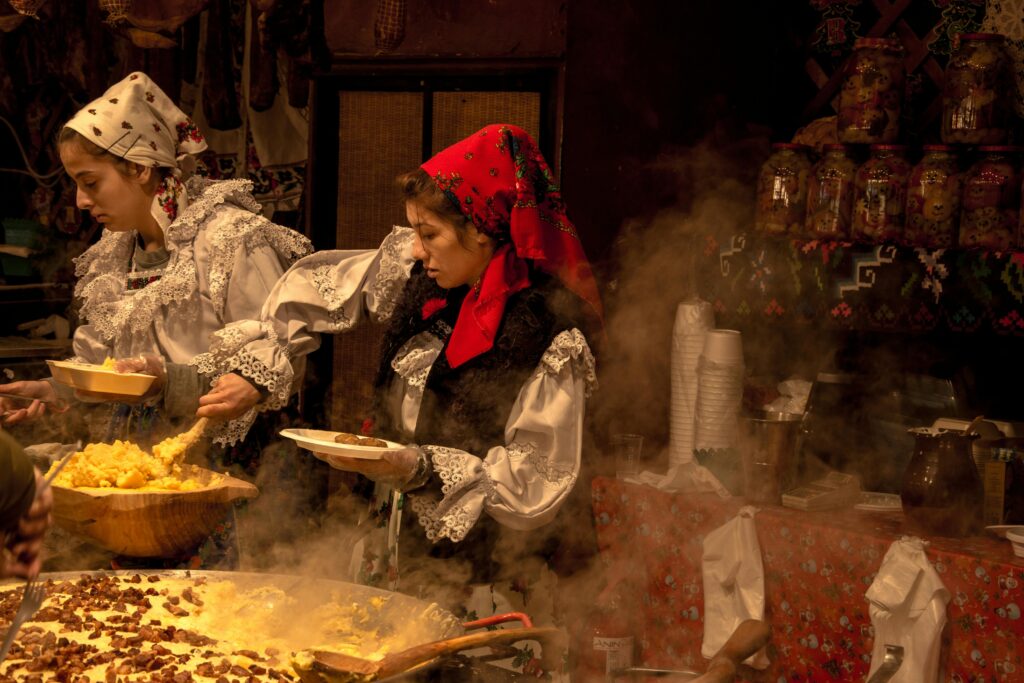
Traditional Cuisine and Culinary Exploration
Trying traditional food is one of the best ways to truly understand a place. Travelers can connect with a region’s daily life, its people, and its history through local cuisine, markets, and hands-on cooking activities.
Exploring Local Markets and Street Food
Local markets are often the heart of a community. Walking through a bustling market, travelers see fresh produce, spices, and ingredients that shape everyday meals. Watching vendors prepare food or sample regional snacks reveals much about agricultural practices and food culture.
Street food offers a quick and affordable window into local taste. Dishes are often made with seasonal ingredients and reflect traditional cooking styles. Sampling items like Lithuanian cepelinai in Vilnius or tacos in Mexico City provides insight into what makes a place unique. These experiences are authentic moments that can’t be replicated in tourist restaurants or international chains.
Some markets also host food stalls run by local families. Here, travelers can taste recipes passed down through generations and interact with the people who make them. This creates a genuine and memorable travel experience, as seen in guides to Vilnius markets and cuisine.
Joining Cooking Classes
Cooking classes let travelers work with local chefs and home cooks. These classes usually begin with ingredient selection and sometimes include a trip to a market. Participating can help visitors learn techniques they would not pick up from just eating in restaurants.
During these lessons, people practice traditional methods like making dumplings, kneading bread, or preparing curries from scratch. Some classes dive into the stories behind local favorites, giving context to flavors and traditions. Beginners can benefit from step-by-step guidance, while experienced cooks might appreciate access to unique recipes or regional ingredients.
Classes often end with sharing a meal, creating a social setting for cultural exchange. For those wanting to remember their travels, recipes learned here can be recreated at home. These activities help support small businesses and local food experts.
Understanding Culinary Traditions
Learning about culinary traditions helps travelers see how food fits into daily life, special events, and local values. Many regions use recipes that date back hundreds of years, shaped by climate, geography, and historical influences.
Festivals and holidays often feature special dishes or feasts. For example, in Lithuania, kūčios is a Christmas Eve meal with 12 traditional plates. Such customs reflect both religious practices and the availability of seasonal harvests. Even street food has roots in historical trade routes or migration patterns.
Knowing the stories behind a recipe, such as why certain spices are used or how a dish got its name, can deepen respect for a region’s culture. This kind of understanding is gained by asking questions, listening to local cooks, and observing how communities gather around food, as highlighted in ultimate guides to cultural cuisine.
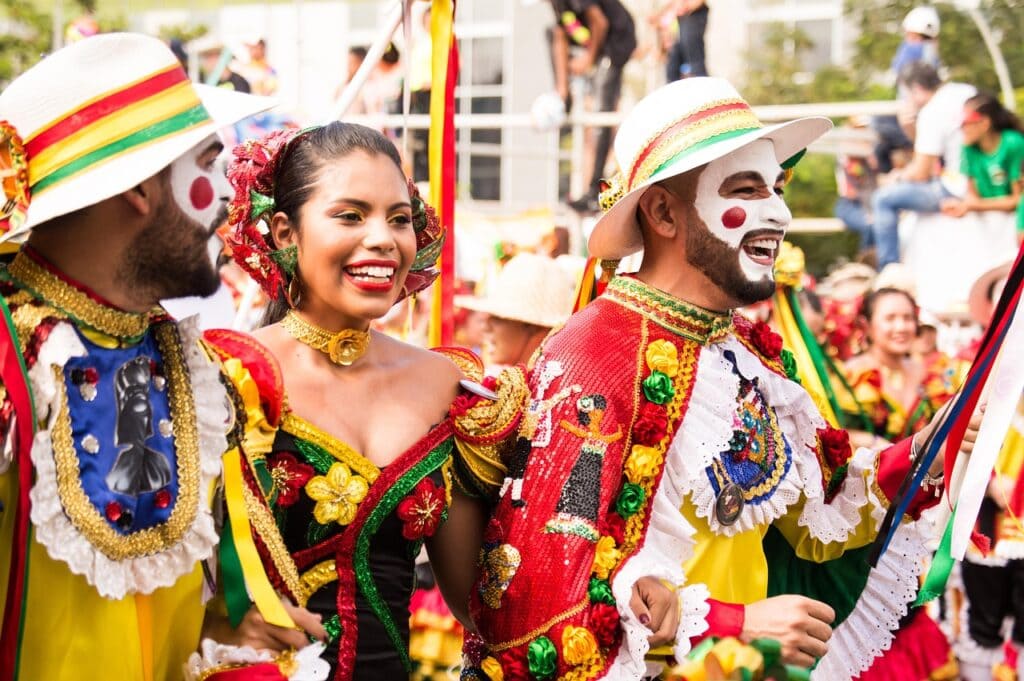
Engaging in Cultural Activities and Festivals
Taking part in local festivals, performances, and workshops gives travelers direct contact with a region’s traditions and history. These activities offer a chance to see cultural heritage in action, interact with residents, and learn skills that reflect community values.
Attending Local Festivals and Events
Local festivals are one of the best ways to witness traditions up close. These gatherings often celebrate religious holidays, harvests, or important dates with music, food, and art. Attendees can see how communities come together, sharing customs that have been passed down for generations.
Visitors can join in street parades, light lanterns, or watch dances that showcase a region’s story. For example, attending Diwali in India lets travelers see colorful lights, food stalls, and music performances. Timing a trip to match a major festival can make for a memorable and immersive experience.
It is important to respect local rules during these events. Dressing appropriately and following traditions signals curiosity and appreciation, helping travelers feel welcome.
Participating in Cultural Performances
Cultural performances, such as folk dances, traditional music shows, or theater, offer insight into a community’s shared identity. Often held in public squares, cultural centers, or as part of festivals, these performances express stories through movement, instruments, costumes, and sometimes audience participation.
Watching a flamenco dance in Spain or a kabuki play in Japan tells visitors about local values and history. In some cases, travelers may be invited on stage to try basic steps or songs, providing a unique, hands-on encounter. These performances are shaped by generations of experience and artistry, connecting visitors to the heart of the culture.
Choosing smaller, locally organized shows over large, tourist-focused productions makes the experience more authentic and supportive of local artists.
Joining Cultural Workshops and Crafts
Workshops are a direct way to learn traditional crafts and skills. Local artisans may teach pottery, weaving, cooking, or painting, guiding visitors through each step and sharing stories behind each item. These hands-on classes let travelers create something personal, while understanding the work involved in cultural heritage.
For example, a traveler may join a batik painting workshop in Indonesia or a pasta-making class in Italy. Many communities run regular workshops to help preserve fading techniques while sharing them with newcomers.
A table of common cultural workshops:
| Activity | Example Destination | Typical Skill Taught |
|---|---|---|
| Pottery | Mexico | Clay shaping, glazing |
| Weaving | Peru | Loom work, dye methods |
| Cooking | Thailand | Street food preparation |
| Calligraphy | Japan | Brushwork, ink skills |
Travelers gain respect for artisanal work and leave with more than just a souvenir—they take home new abilities and an appreciation for local traditions.
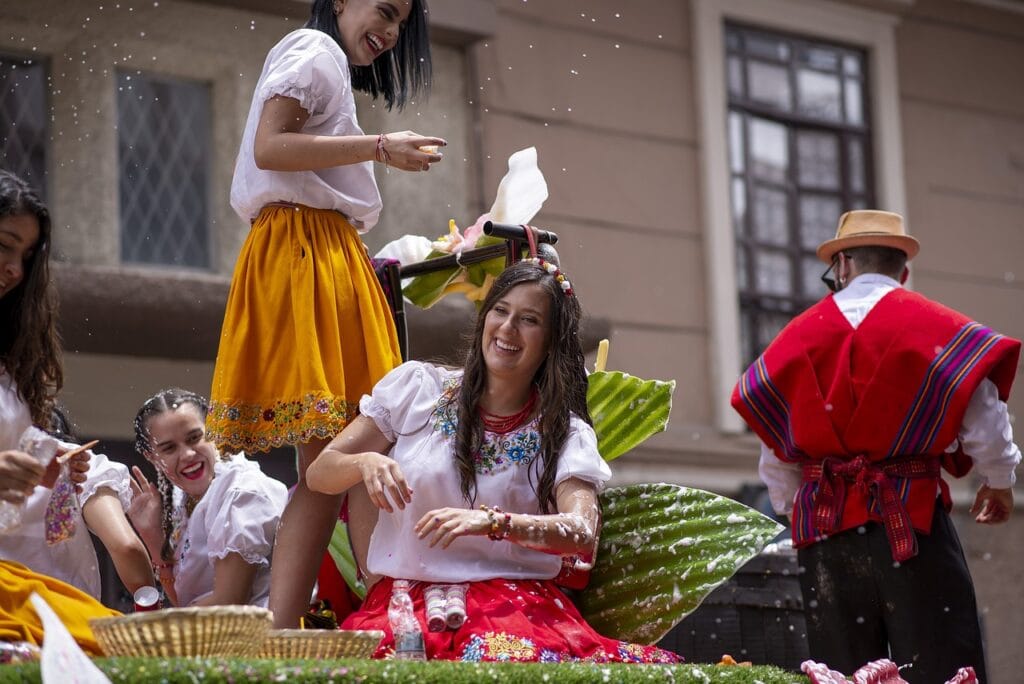
Frequently Asked Questions
Travelers can improve their trips by seeking local events, learning basic language skills, and choosing places to stay that support real connections with communities. Respect, curiosity, and responsible choices make cultural experiences more genuine and enriching.
What are the best ways to engage in cultural immersion while traveling abroad?
Participating in community festivals, attending workshops, and staying in homestays are popular ways people fully experience a culture. Travelers can also join cooking classes, use public transportation, and visit local markets to better understand daily life. For practical steps, see tips on immersing yourself in culture.
How does one find authentic local experiences in a new city?
People can ask locals for recommendations, explore neighborhoods beyond tourist areas, and visit smaller markets or events. Community boards, social media groups, and local hosts often share updates about hidden gems. More advice on this is available in this step-by-step guide to local cultures.
What are some tips for respectfully participating in local traditions and customs?
Travelers should research cultural norms in advance, dress appropriately for events, and ask for permission before taking photos. Listening more than speaking helps show respect. When invited to join in, they should observe and follow as locals do.
How can a traveler contribute positively to the local community they are visiting?
Choosing local guides, shopping at small businesses, and eating at family-owned restaurants help support the local economy. Volunteering and joining local eco-projects also make a positive impact. Buying handmade crafts instead of mass-produced souvenirs keeps traditions alive and benefits artisans.
What should one consider when looking for accommodations that offer an immersive cultural experience?
Homestays, guesthouses, and locally owned inns usually provide better chances for cultural exchange than large hotels. Travelers should look for places that involve guests in daily routines, offer traditional meals, or connect them with neighborhood activities. More details about accommodation and immersion can be found here.
How can language barriers be overcome to enhance authentic travel experiences?
Learning a few basic phrases goes a long way. Language apps, translation tools, and phrasebooks can help in daily interactions. Many hosts and locals welcome the effort, even if the words aren’t perfect. Taking a short language class or practicing with residents creates stronger connections and opens doors for deeper experiences.
You Might Also Like:
If you enjoyed this post on Cultural Travel Guide for an Authentic Trip, you might also like: Street Markets for The ultimate Food Lover, Must-Know Dining Customs Around the World: Avoid Embarrassing Mistakes, 10 Unbelievable Travel Destinations You Need to See
